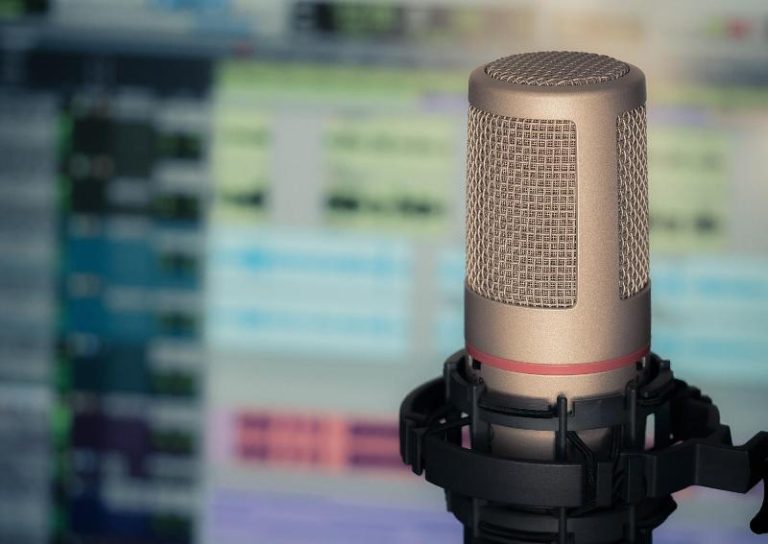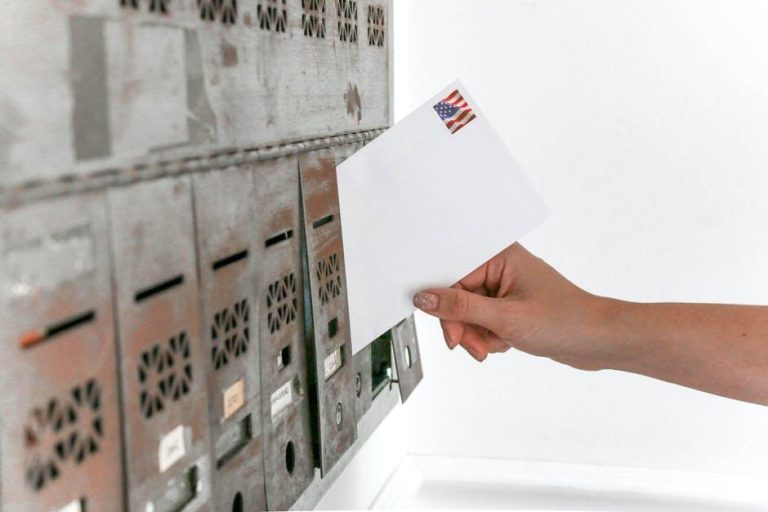An overview of sustainable coffee production in Brazil
Sustainable green coffee bean production is increasing day-by-day given that it contributes to nature widely.
There are two ways of growing coffee, a sustainable and a non-sustainable way. In earlier times, most of Brazil faced serious harm because of non-sustainable coffee growth. This has reduced much in recent times. Read more from here.
A snapshot of sustainable coffee production in Brazil
If you look a bit closely at Brazilian coffee production history, a great amount of damage was done by cutting off trees in the early nineties. This has propelled sustainable green coffee bean production now.
Slowly, Brazil went to sustainable production to reduce the evil effects on Mother Nature. Nowadays Brazil is the greatest producer of coffee in modern times, although the nation is still struggling with organic coffee production. Just 0.2% of coffee produced in Brazil comes under an organic label.
The colorful history of Brazil in growing coffee and its distinct challenges like lower organic production are worth reading.
Let’s get into the details.
Brazil’s background in sustainable green coffee bean production
There are 14 major coffee production belts in Brazil currently. Of these 14 areas, maximum supply comes from the Minas Gerais and Bahia regions.
Let’s consider Bahia for example. Bahia has a tropical climate and an extremely humid climatic scenario, best suited for coffee. Brazilian climate fits the perfect definition for growing coffee, making it one of the few nations that can boast of an optimal climatic range.
Let’s have a look at the key statistics of Brazil’s sustainable coffee market.
- Brazil made a profit out of growing coffee at the mark of $7.8 billion in 2024. This profit is expected to grow at the rate of 4.5% on an annual basis, showing the increasing demand for coffee from Brazil
- In 2022, the nation exported $8.51 billion worth of coffee
- In 2023, the revenue earned from coffee exporting was $37 billion
- Brazil grows more than 3 types of coffee: Bourbon, Catuai, Mundo Novo, and a few other varieties
- There has been a sharp 5% increase overall in coffee production in Brazil
A historical record of coffee production in Brazil
The most interesting part of Brazilian coffee production begins here. Let’s read in detail about the colorful history of Rio Minas suppliers and how Brazil came to be the leading coffee exporter in the world. Let’s explore the timeline:
- 1770 – 1800
Coffee plantation was first established in Brazil. Coffee manufacturing expanded most during this period, and it extended from Rio de Janeiro to Sao Paulo. Almost 5 million slaves from Africa worked in coffee plantations.
- 1860
New rail lines were built, and coffee manufacturing was boosted. The birth of the capitalist class happened during this time. Revolts against coffee slavery started to occur.
- 1888
Coffee slavery ceased slowly in Brazil. A deficiency in coffee slave labor happened. Immigration policy regarding Brazilian plantation workers was formed.
- 1896
A great supply of coffee followed. Rio Minas suppliers from all around Brazil kept on swarming, and a boom was recorded.
- 1910
Lower production of coffee due to low labor and poor climate
- 1984
New coffee manufacturing techniques were adopted, and irrigation systems were improved
- 1989
International Coffee Agreement, which protected equal trading of coffee was dissolved
- 1990
Coffee was now grown in quality, not only in quantity. The Brazilian Specialty Coffee Association was established. Production was maximized, and competition among Brazilian states increased.
- 1995-2000
Major coffee growth was observed. Production hiked by around 104%
- 2000-2002
Coffee production slowed down by 39.12%
- 2004-2016
Sustainable green coffee bean production surged.
- 2015- present
Major divisions of coffee belts were found. Coffee-producing micro areas were further increased by 25%.
Current challenges of coffee production
Till now, the reading must have been quite intriguing and colorful. Yet it’s not over here. Every great task always comes with a core challenge. In the case of growing coffee, one of the major challenges is deforestation and lack of sustainability.
- Rapid deforestation
Most of the Rio Minas suppliers to supply higher volumes did get into deforestation activities. Especially in Atlantic Forest and Rio de Janeiro, the cases of deforestation reported were too high. We found the damage that deforestation did to Brazil.
- Monoculture is still practiced in Brazil because of extensive coffee production. This has caused widespread drought and has disrupted food supplies too
- Soil quality in areas such as Sao Paulo has deteriorated beyond the limit
- Large-scale deforestation has amounted to immense soil erosion too in Brazil
Even now, deforestation to a certain extent is allowed. In 2012, major amendments were made to the Brazilian Forest Code. Now deforestation to a small extent is not considered an offence, which is a thing to note.
- Poor sustainability
Low sustainability is another reason that Brazil is still lacking in the production of sustainable green coffee beans. There are multiple reasons though for this low sustainability.
- Low income to invest in buying new harvesting technology
- Most workers are seasonal, untrained
- Most families have a low succession
- Green coffee producers are aging
- The machinery used doesn’t work well
- Workers refrain from getting trained because of low-income
All of these reasons together determine why Brazil is still struggling with sustainable coffee harvesting.
- Poor income of laborers in Brazil
Brazil has an immense demand for coffee exporting, but the condition of coffee plantation workers has been quite pathetic. Labor income has been reduced too much, as research has shown that informally hired laborers are earning more than formally paid laborers.
While the mean income of a coffee laborer who has all employment documents is $13-18, it’s generally high for informal laborers earning $18-20. The reason for poor pay can be summed up.
- Too many companies employing coffee workers have grown in Brazil. These companies make laborers work at an exploitative rate.
- Workers are less skilled. They are not willing to be trained because of low income.
- Inefficient management of laborers also has led to this problem.
Brazil’s coffee production future
If the future is concerned, it’s getting brighter. In Brazil, certification programs have arrived. Brazil’s government has taken special care that no poor quality coffee is grown and exported. The Coffee Quality Program is a certification program that makes sure quality coffee is exported.
These certification programs have up-scaled production quality, as now Rio Minas suppliers are getting better quality coffee. Research proves this, saying that these programs have sustainability as a motive which has enhanced coffee prediction quality.
However, Brazil’s weather is hostile to coffee production. This is an alarming thing to note. It seems that unless Brazilian workers take up advanced technology, there are larger chances of poor coffee growth.
Conclusion
It’s been a long that you’ve read this, so time to wrap up the main points. Brazil is leading the world with sustainable green coffee bean production.
Yet, challenges like labor inefficiency and deforestation are making coffee production more complex.
A sustainable future for Brazil is expected sooner, after all, it’s the powerhouse of coffee manufacturing.







